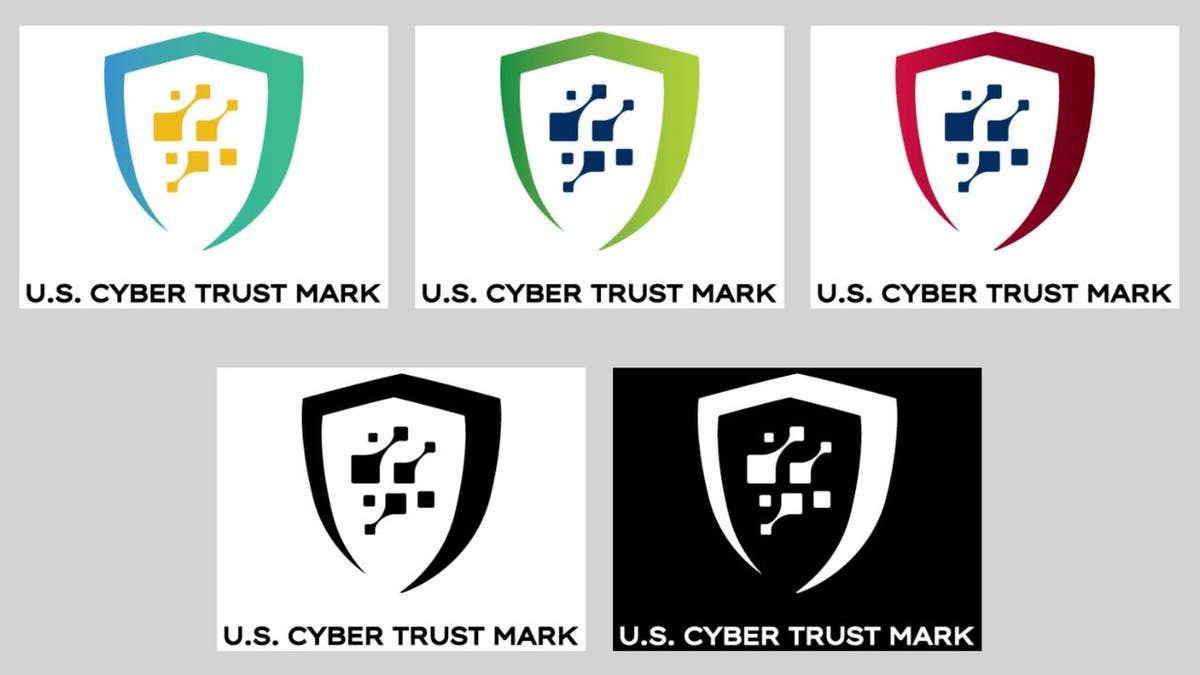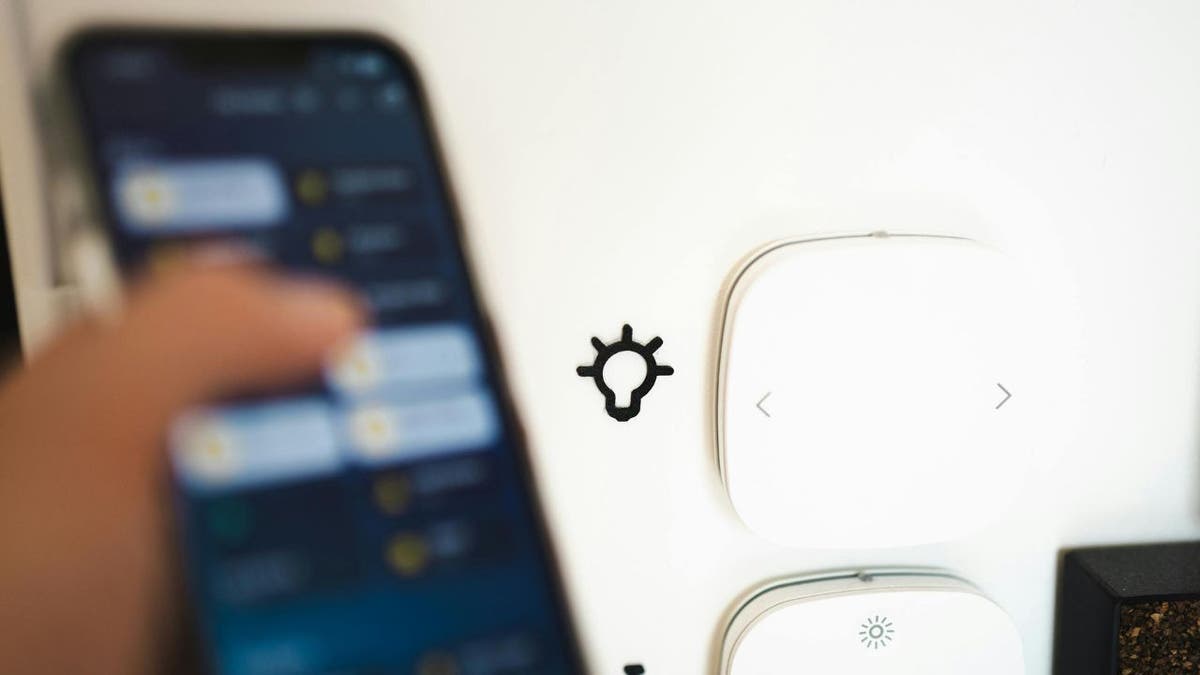Have you ever wondered how a pine cone knows when to open and close? It’s not magic, it’s science.
Now, researchers have taken this cue from nature to create something pretty cool for our homes.
Let’s dive into how this revolutionary window technology works, keeping your home comfortable without using a single watt of electricity.
GET SECURITY ALERTS, EXPERT TIPS – SIGN UP FOR KURT’S NEWSLETTER – THE CYBERGUY REPORT HERE
Solar Gate window facade system (Conné van d’Grachten)
Nature’s ingenious design
Pine cones have these amazing scales that respond to moisture. When it’s damp, they close up tight. But when it’s warm and dry, they open wide to release their seeds. This simple yet effective mechanism has inspired scientists to develop a smart window system that could change the way we think about energy efficiency in buildings.

Solar Gate window facade system (ICD/IntCDC University of Stuttgart)
SOLAR DEVICE TRANSFORMS USED TIRES TO HELP PURIFY WATER SO THAT ITS DRINKABLE
The Solar Gate window system
Scientists from Germany’s universities of Stuttgart and Freiburg have developed what is known as the Solar Gate window facade system. It’s like having tiny pinecones built right into your windows. These smart windows have special elements that curl up when it’s cool and moist, letting in sunlight to warm your home. But when it’s hot and dry, they flatten out to block the sun and keep things cool inside.
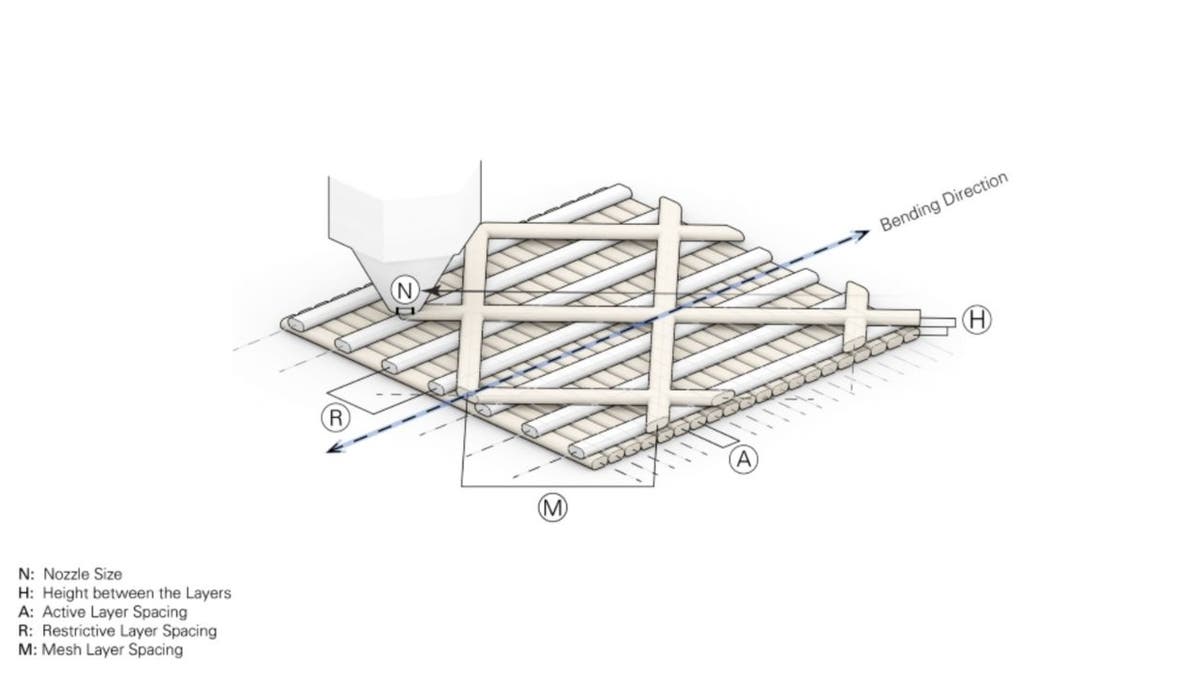
Solar Gate window facade system (ICD/IntCDC University of Stuttgart)
NEVER NEED AN EV CHARGING STATION AGAIN WITH THESE ROOFTOP SOLAR POWER PANELS
How it works
The Solar Gate system consists of a gridded array of pine-cone-scale-inspired self-bending elements housed between two panes of glass in an aluminum-frame window unit. Each element is ingeniously crafted with three distinct layers, each serving a unique purpose. The bottom layer is composed of a cellulose powder and a thermoplastic blend that swells when exposed to moisture. Above this lies a middle layer made of thermoplastic, which remains unaffected by moisture.
WHAT IS ARTIFICIAL INTELLIGENCE (AI)?
The top layer consists of flexible biocomposite filaments that serve to hold the entire structure together. When exposed to moist air, the bottom layer expands, causing the element to curl upwards. Conversely, in dry conditions, it returns to its flattened state. This simple yet effective mechanism allows the window to respond automatically to changing weather conditions, providing optimal shading and light penetration as needed.
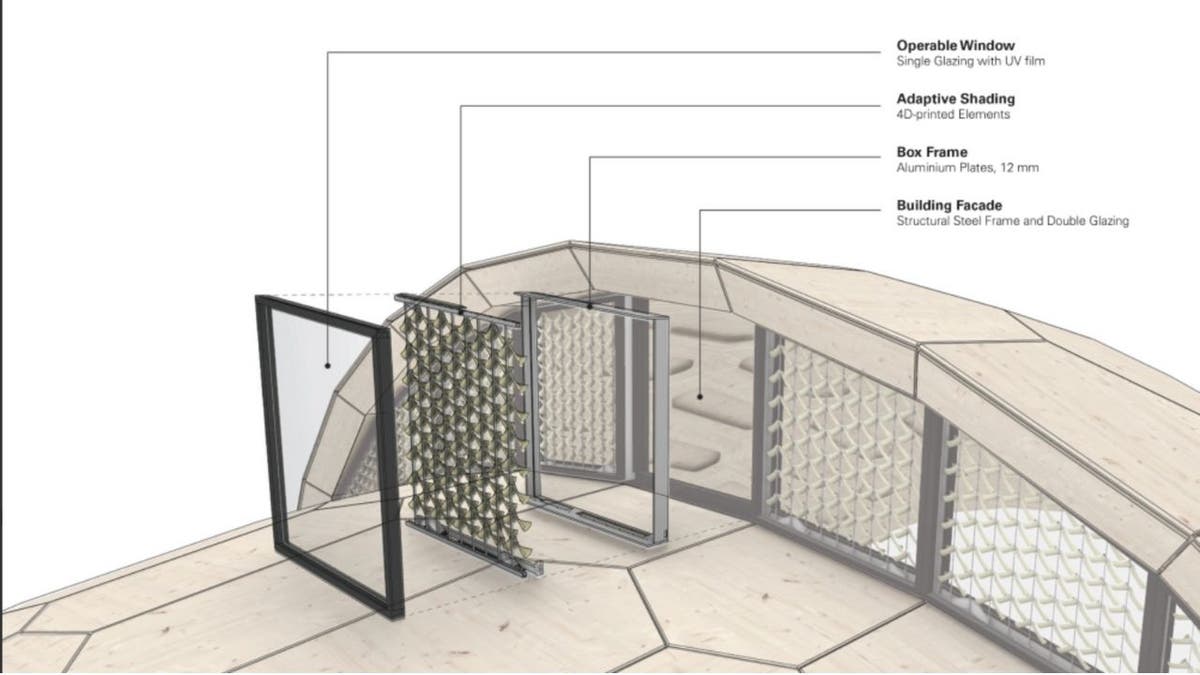
Solar Gate window facade system (ICD/IntCDC University of Stuttgart)
SOLAR-POWERED BLIMP COULD BRING HIGH SPEED INTERNET TO YOUR AREA
Real-world testing
The Solar Gate system underwent rigorous real-world testing to prove its effectiveness. In a comprehensive year-long study, researchers installed 424 Solar Gate elements in the south-facing skylight of a research building at the University of Freiburg. The results of this extensive trial were nothing short of impressive.
During the cool, wet winter months, the elements responded by curling upwards, allowing ample sunlight to penetrate the building. This natural response effectively warmed and illuminated the interior spaces, reducing the need for artificial heating and lighting. Conversely, as the seasons changed and brought warmer, drier summer conditions, the elements automatically flattened out.
This flattening action served to block excess sunlight, effectively keeping the building’s interior cool and comfortable without the need for energy-intensive air conditioning. The test demonstrated the system’s ability to autonomously adapt to changing weather conditions, providing optimal comfort and energy efficiency throughout the year.
GET FOX BUSINESS ON THE GO BY CLICKING HERE
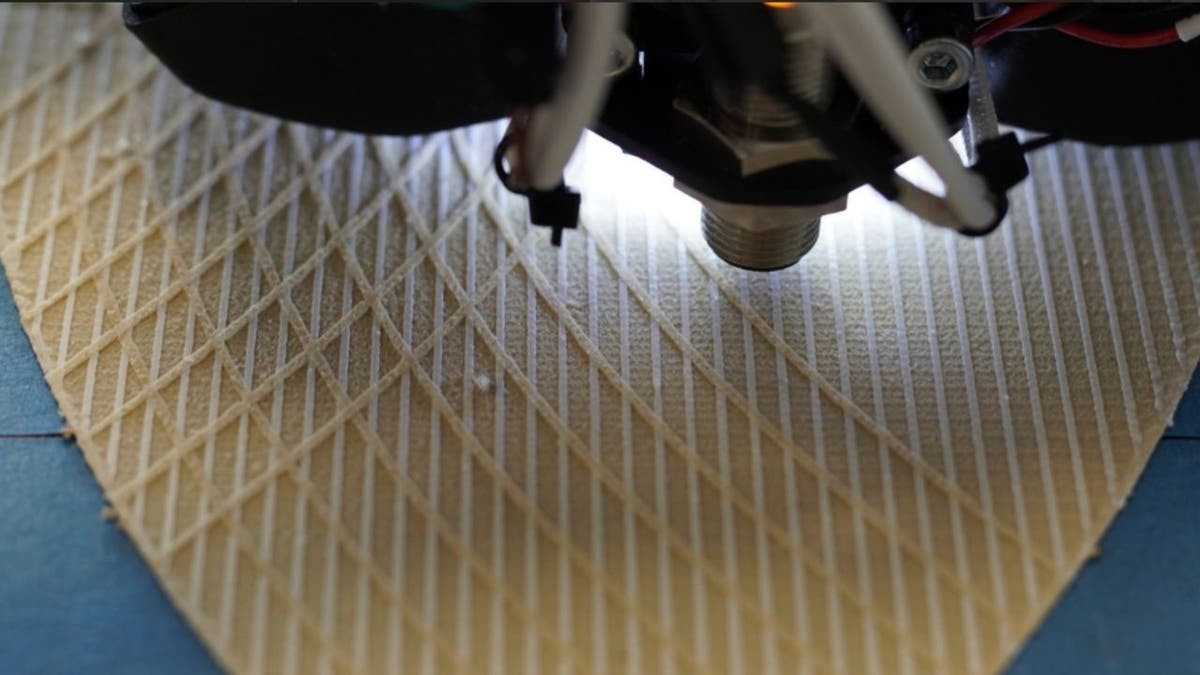
Solar Gate window facade system (ICD/IntCDC University of Stuttgart)
5 BEST PORTABLE CHARGERS FOR ANY OCCASION
The future of energy-efficient buildings
This innovative approach to building technology has far-reaching implications beyond just window systems. Researchers have already begun exploring similar biomimetic principles in a variety of applications. For instance, studies have investigated the development of shading systems using wooden slats that can open and close in response to environmental conditions.
In the realm of textiles, scientists are working on “smart” clothing fabrics that can adapt to ambient temperature, providing optimal comfort for wearers. Perhaps most intriguingly, these principles are even being applied to the field of robotics, with researchers developing tiny mobile robots that can respond to environmental stimuli in ways inspired by natural mechanisms. As we continue to draw inspiration from nature’s ingenious designs, the potential for creating more sustainable and responsive technologies seems boundless.
SUBSCRIBE TO KURT’S YOUTUBE CHANNEL FOR QUICK VIDEO TIPS ON HOW TO WORK ALL OF YOUR TECH DEVICES
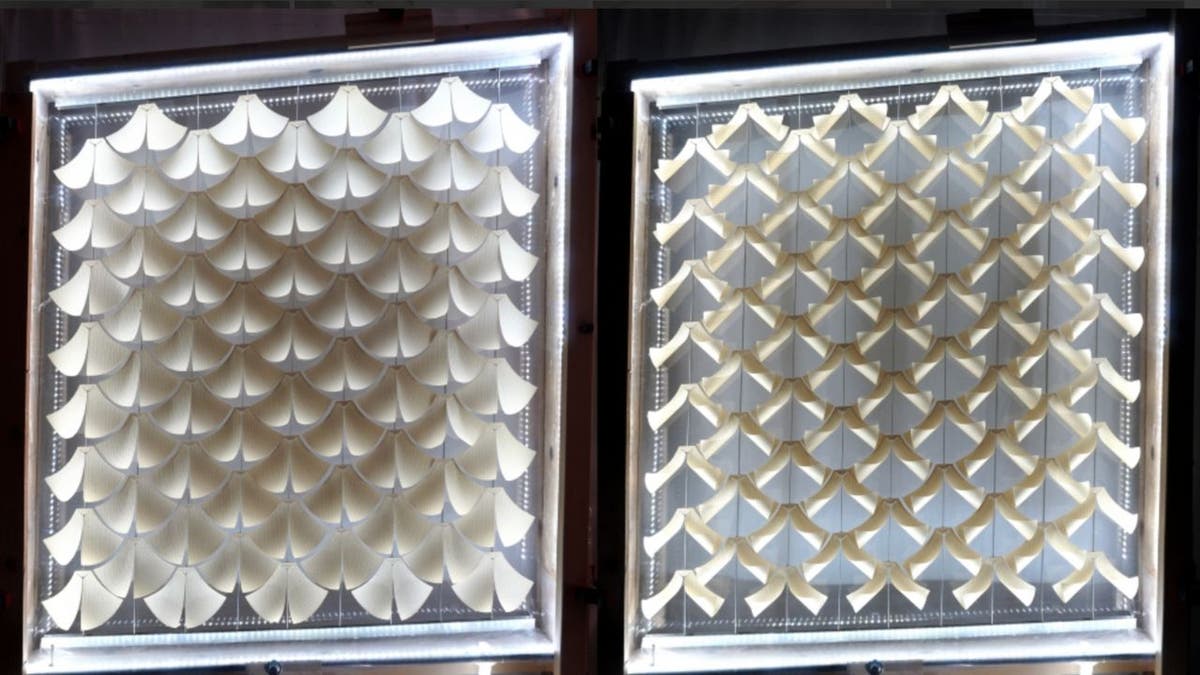
Solar Gate window facade system (ICD/IntCDC University of Stuttgart)
Kurt’s key takeaways
Nature never ceases to amaze us with its ingenious solutions, and the Solar Gate window system is a brilliant example of how we can harness these natural wonders. By mimicking the pinecone, scientists have created a game-changing technology that could revolutionize how we approach energy efficiency in our buildings. It’s exciting to think about a future where our homes and offices adapt to the environment just like living organisms do. Who knew that the key to smarter buildings was hiding in our forests all along?
CLICK HERE TO GET THE FOX NEWS APP
Would you feel comfortable having windows that automatically open and close based on moisture and temperature — without any electrical controls? Let us know by writing us at Cyberguy.com/Contact.
For more of my tech tips and security alerts, subscribe to my free CyberGuy Report Newsletter by heading to Cyberguy.com/Newsletter.
Ask Kurt a question or let us know what stories you’d like us to cover.
Follow Kurt on his social channels:
Answers to the most asked CyberGuy questions:
New from Kurt:
Copyright 2025 CyberGuy.com. All rights reserved.


